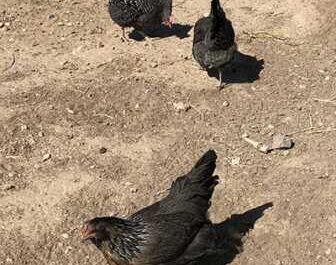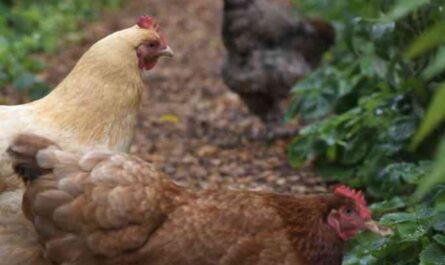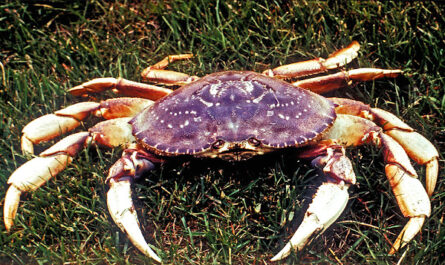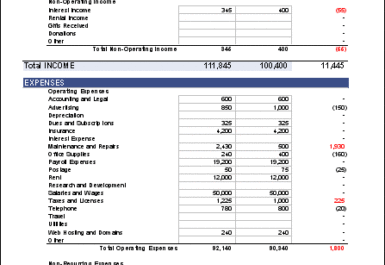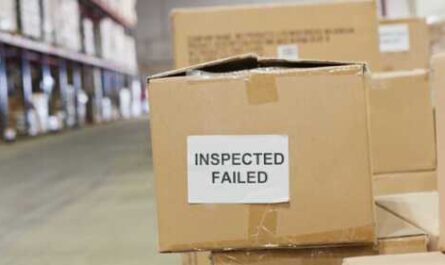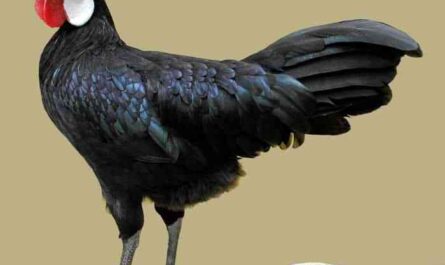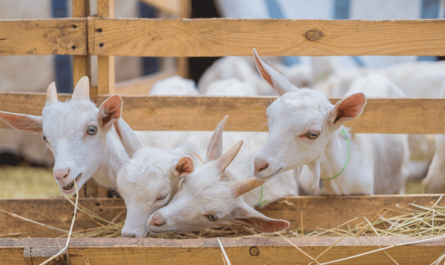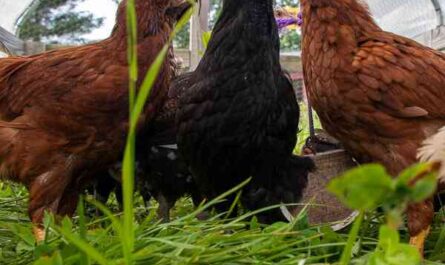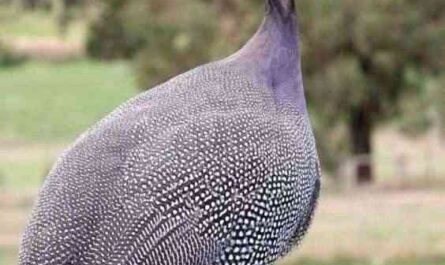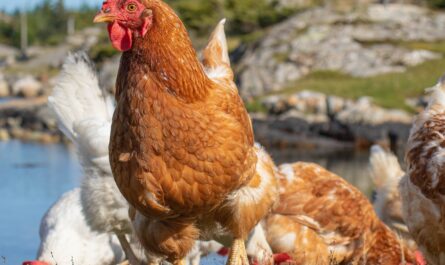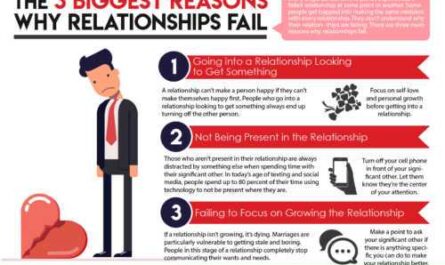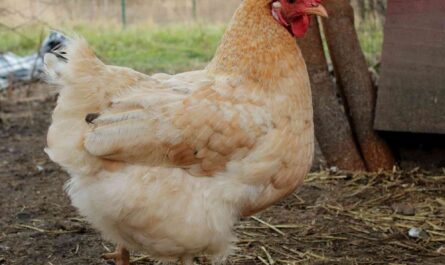Cultivation of black-eyed peas is a popular culture in the summer garden. And growing black-eyed peas in a vegetable garden is a very easy and useful activity. Even novice gardeners can start growing in their garden.
The black Eyed Peas (Vigna unguiculata) are actually a legume and a subspecies of cowpea. It is grown worldwide for its medium-sized, edible seeds.
Black-eyed peas are also called by other names such as California black-eyed peas, purple peas, goat peas, black-eyed peas, etc.
They are actually called “black-eyed” mainly because of the prominent black dot where the beans have been joined all the way.
Although the eye may be a different color. Eye color can be black, brown, pink, green or red. And all the peas in the fresh shell turn green, and in the dry – brown or yellowish-brown.
Black peas are a very good source of protein, energy and carbohydrates. They also contain a certain amount of vitamins and minerals.
However, growing black-eyed peas organically in your garden can be a great way to enjoy these wonderful peas.
How to grow black peas
Black-eyed peas are very easy to grow, and beginner home gardeners can also plant and grow black-eyed peas.
However, here we describe more information about growing black-eyed peas organically in the vegetable garden.
Choose a location
First, choose a good spot in your garden to grow black-eyed peas. Black-eyed peas generally grow well in full sun and fertile, well-drained soil.
prepare the terrain
Black-eyed peas can be grown in almost any type of soil. But generally, they grow very well in fertile soil rich in organic matter.
Thus, you need to prepare the soil for growing black-eyed peas by adding plenty of organic matter to it.
Some good organic ingredients to add to the soil are well-aged manure, quick compost, and household compost.
Work the soil to 8 inches deep, then add all the organic matter to it. Finally, level the ground.
Best time to grow black peas
Black-eyed peas are the harvest of the summer season. And they are grown mainly in the summer months.
Choose the variety
There are several varieties of black-eyed peas. Cream, purple-eyed, black-eyed, mobs, big boy, queen anne, and cowpea are some of the well-known varieties of black-eyed peas. You can choose any variety depending on availability in your area.
Buy seeds
After choosing a variety, buy seeds at any market near you. Black-eyed peas are common, so seeds should be readily available. You can also order seeds online.
planting
Black-eyed pea seeds are usually planted in rows. So, after leveling the ground, mark a few rows in the ground (spacing should be 2-3 feet).
Then plant the seeds about 2-4 inches apart and 1-1 1/2 inches deep. Water lightly after planting the seeds. The seeds will germinate 2-5 days after sowing.
Care
Black-eyed pea plants generally require less maintenance. But extra care will ensure good plant growth, which will ultimately increase your overall yield.
Here we will tell you more about the process of caring for black-eyed peas.
Fertilizer: Black-eyed peas do not require additional fertilizer if you have already prepared the soil in the manner above.
Watering: With a small amount of rain, regular watering is necessary. Although some home gardeners grow black-eyed peas without additional watering. Black-eyed peas are very drought tolerant, so avoid overwatering.
Mulching: Mulching will help retain moisture in the soil. And it will also help you get rid of weeds in your garden. So, mulch your garden when the seedlings are about 4 to 6 inches tall. Use organic materials as mulch, such as straw, compost, dried leaves or grass clippings.
Cannabis control: Weeds usually absorb nutrients from the soil and eventually black-eyed pea plants will suffer. Weeds therefore need to be controlled regularly. You can control weeds by hand or by hoeing.
Pests and diseases
Black-eyed peas generally have fewer pests and diseases. Use organic methods if you notice any pests or diseases.
Harvest
In fact, you can start harvesting black-eyed peas when the pods are at least 3 to 4 inches long. When harvesting, take care when pulling the pods from the vine.
Gather the pods together when they are full to clear the kernels (you can see the kernels protruding from the pods). But for dry beans, let the pods on the vines dry out completely.
These are common ways to grow black-eyed peas organically in the vegetable garden. Hope you enjoyed this guide! Good luck and happy gardening 🙂
video

